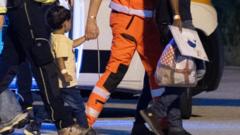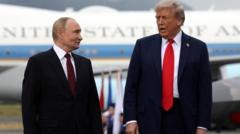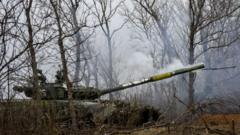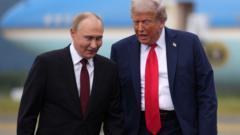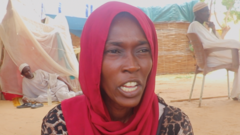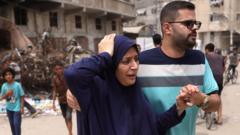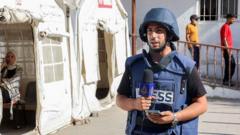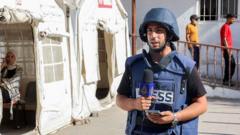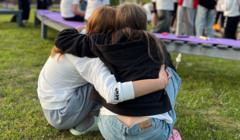The National Museum of Sudan, once a beacon of history and pride, has succumbed to vandalism and looting as the war rages on. Thousands of artefacts have been either destroyed or illegally exported, representing a significant loss to Sudan’s cultural identity.
The Cultural Toll of War: Sudan's Museums in Ruins
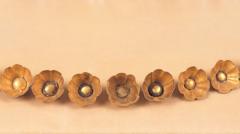
The Cultural Toll of War: Sudan's Museums in Ruins
The ongoing conflict in Sudan has wreaked havoc on its cultural heritage, with museums bearing the brunt of the devastation.
In the heart of Sudan, the National Museum, which proudly showcased the historical treasures of Nubian civilization, lies in ruin as the country grapples with the fallout from two years of brutal conflict. Statues and ancient artefacts that once attracted locals and tourists alike have been desecrated, and the once-bustling museum has become a ghostly shell marked by destruction.
As Sudan's military moves to reclaim Khartoum from the rival Rapid Support Forces (RSF), reports have emerged detailing extensive looting and damage to the museum, which serves as a cornerstone of Sudanese heritage. Officials estimate that tens of thousands of artefacts have been lost or sold during the RSF's control of the capital. For experts like Ikhlas Abdel Latif Ahmed, head of the museums division, the loss extends beyond objects—it's a severance from identity and history.
Prior to the outbreak of war, the National Museum was being revitalized, with many artefacts boxed away. This inadvertently facilitated the illicit removal of treasures as they became easier targets for looters. The RSF has been accused of trafficking significant amounts of Sudanese gold abroad, leading to concerns that priceless items from the museum have been similarly traded.
With the scope of destruction becoming clear, museum officials are calling for international cooperation to recover stolen artefacts, although they acknowledge the significant challenges ahead. The RSF's attacks on cultural institutions are seen as a calculated risk, a conscious method to inflict broader damage on Sudan's collective memory.
The ongoing conflict has resulted in the displacement of nearly 13 million people and the loss of approximately 150,000 lives. Ahmed and other advocates remain hopeful for the future restoration of their cultural sites, saying, "Inshallah, we will recover all our collections and rebuild even more beautifully than before." The plight of the National Museum reflects a larger narrative of loss, resilience, and the enduring value of heritage in the face of war.
As Sudan's military moves to reclaim Khartoum from the rival Rapid Support Forces (RSF), reports have emerged detailing extensive looting and damage to the museum, which serves as a cornerstone of Sudanese heritage. Officials estimate that tens of thousands of artefacts have been lost or sold during the RSF's control of the capital. For experts like Ikhlas Abdel Latif Ahmed, head of the museums division, the loss extends beyond objects—it's a severance from identity and history.
Prior to the outbreak of war, the National Museum was being revitalized, with many artefacts boxed away. This inadvertently facilitated the illicit removal of treasures as they became easier targets for looters. The RSF has been accused of trafficking significant amounts of Sudanese gold abroad, leading to concerns that priceless items from the museum have been similarly traded.
With the scope of destruction becoming clear, museum officials are calling for international cooperation to recover stolen artefacts, although they acknowledge the significant challenges ahead. The RSF's attacks on cultural institutions are seen as a calculated risk, a conscious method to inflict broader damage on Sudan's collective memory.
The ongoing conflict has resulted in the displacement of nearly 13 million people and the loss of approximately 150,000 lives. Ahmed and other advocates remain hopeful for the future restoration of their cultural sites, saying, "Inshallah, we will recover all our collections and rebuild even more beautifully than before." The plight of the National Museum reflects a larger narrative of loss, resilience, and the enduring value of heritage in the face of war.

